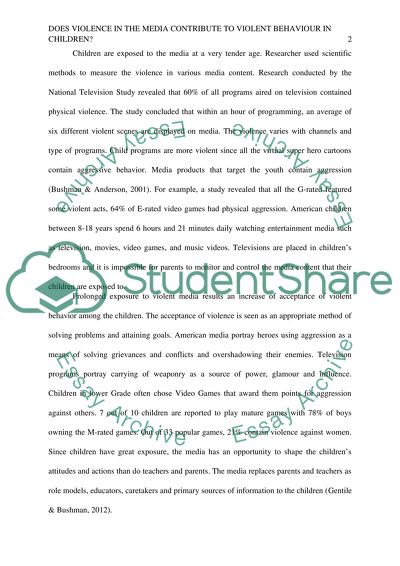Cite this document
(“Does violence in the media contribute to violent behavior in children Essay - 2”, n.d.)
Does violence in the media contribute to violent behavior in children Essay - 2. Retrieved from https://studentshare.org/psychology/1682561-does-violence-in-the-media-contribute-to-violent-behavior-in-children
Does violence in the media contribute to violent behavior in children Essay - 2. Retrieved from https://studentshare.org/psychology/1682561-does-violence-in-the-media-contribute-to-violent-behavior-in-children
(Does Violence in the Media Contribute to Violent Behavior in Children Essay - 2)
Does Violence in the Media Contribute to Violent Behavior in Children Essay - 2. https://studentshare.org/psychology/1682561-does-violence-in-the-media-contribute-to-violent-behavior-in-children.
Does Violence in the Media Contribute to Violent Behavior in Children Essay - 2. https://studentshare.org/psychology/1682561-does-violence-in-the-media-contribute-to-violent-behavior-in-children.
“Does Violence in the Media Contribute to Violent Behavior in Children Essay - 2”, n.d. https://studentshare.org/psychology/1682561-does-violence-in-the-media-contribute-to-violent-behavior-in-children.


